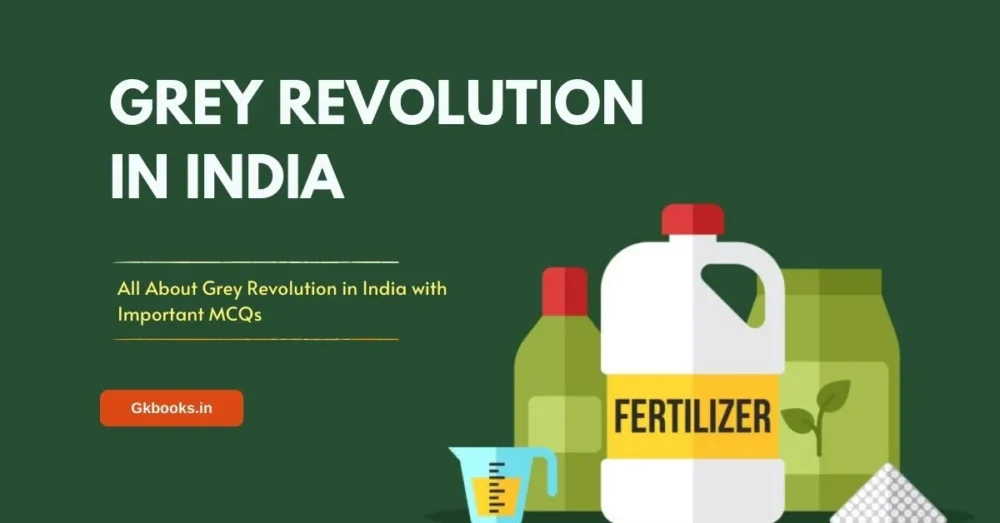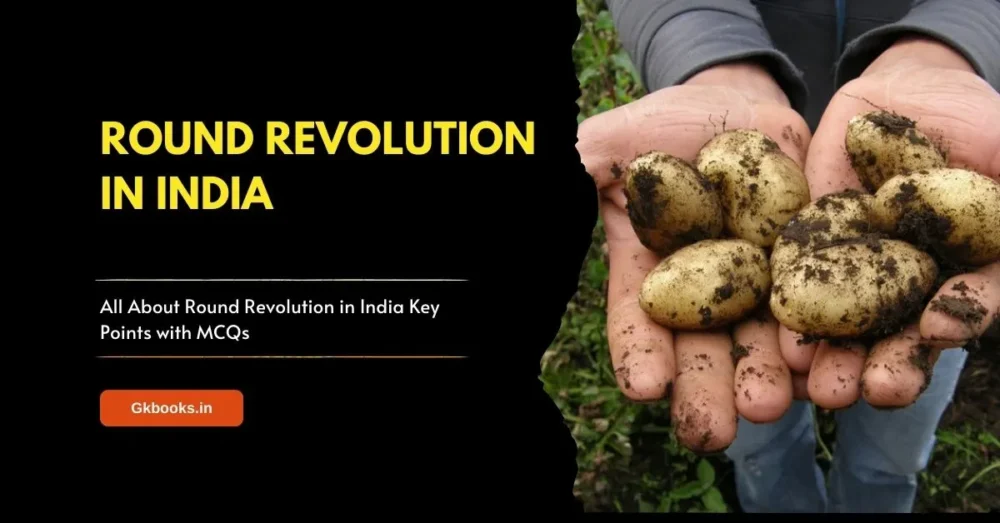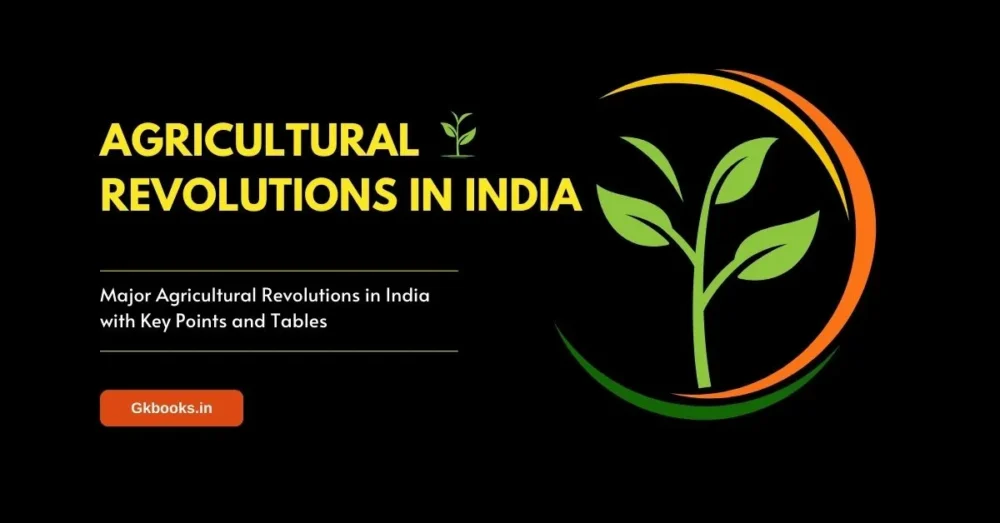The Pink Revolution in India refers to a transformation in the technologies applied to poultry and meat processing in the country.
Durgesh Patel is recognized as the key figure behind this revolution, often referred to as the Father of the Pink Revolution.
In this article, we will explore the Pink Revolution, government policies, as well as the opportunities and challenges linked to this advancement in the meat and poultry industry.
India has experienced several revolutions in its food industry, such as the White and Green Revolutions centered around milk and agriculture.
The Pink Revolution broadened its scope to include the poultry and meat sector, onion production, and pharmaceuticals.
Given India’s abundant poultry and cattle population, there is significant potential for growth in this sector.
Pink Revolution In India
- The Pink Revolution characterizes the modernization of India’s meat and poultry processing sector.
- Notably, the term also signifies advancements in onion production, pharmaceuticals, and prawn production.
- Modernization involves introducing machinery and specialized processes to the meat industry.
- To meet global standards, Indian entities must undergo industrialization and embrace upgraded technologies. Adopting and enhancing mass production capabilities can significantly increase productivity.
- The domestic market presents vast development opportunities, as many of the Indian population still prefer purchasing meat from local shops to opt for standard packaged meat.
- Considering the rising threat of zoonotic diseases, India must establish and maintain high-quality facilities to avoid the risk of other countries imposing bans on the country’s exports.
Challenges and Opportunities of the Pink Revolution
The authority overseeing the Pink Revolution operates under the National Meat and Poultry Processing Board (NMPPB), functioning under the Ministry of Food Processing’s guidance. Here are the challenges encountered by the Pink Revolution:
Challenges: Bridging the Gap
- Limited Global Footprint: India only contributes 2% to the global market despite a large livestock population. Expanding market share hinges on overcoming infrastructure limitations, establishing standardized quality protocols, and creating uniform export policies.
- Standardization Hurdles: Achieving consistent quality and safety standards throughout the supply chain requires robust regulations, readily available meat testing facilities, and investment in hygienic processing practices.
- Policy Inconsistencies: The lack of uniform meat production and export policies creates obstacles to seamless market access and efficient operations. Streamlining regulations and fostering inter-regional collaboration are key.
- Infrastructure Deficits: Building a modern sector heavily relies on cold storage facilities, modern slaughterhouses, and effective waste management systems. Addressing these infrastructural gaps is crucial for smooth operations and product quality.
- Investment Needs: Significant investment is required for infrastructure upgrades, technological advancements, and improved animal breeding practices. Incentivizing private and public investment is essential.
- Socio-Cultural Sensitivities: Navigating religious and cultural sentiments regarding animal slaughter requires a balanced approach, respecting traditions while emphasizing responsible practices and economic potential.
Opportunities: A Promising Future
- Rising Demand: The global demand for meat and poultry is rising, driven by population growth, increasing income levels, and urbanization. This presents a vast market opportunity for India’s Pink Revolution.
- Untapped Domestic Potential: A significant portion of India’s population still relies on traditional, unorganized meat markets. Building a modern, organized supply chain can unlock this vast domestic demand.
- Value Addition and Innovation: Technological advancements in processing and value addition can create new products, cater to diverse consumer preferences, and improve profitability.
- Employment and Economic Growth: The Pink Revolution has the potential to generate significant employment opportunities, contributing to rural development and overall economic growth.
- Enhanced Food Security: Increased meat production can contribute to food security by providing a readily available source of protein and essential nutrients.
Despite these challenges, India’s meat and poultry processing sector holds significant potential for expansion. The per capita meat consumption is approximately 6 grams daily and is projected to increase to 50 grams per day in the next decade. This substantial rise in meat consumption assures substantial growth for the sector.
Government Policies Promoting the Meat and Poultry Sector In India
The Indian poultry industry has achieved a remarkable milestone, surpassing a valuation of 700 billion dollars. This impressive accomplishment is powered by consistent annual growth rates of 8-15%, showcasing the sector’s immense potential and dynamism.
Pink Revolution: Government Backing Paves the Way
The Indian government actively champions the growth of the poultry industry through the “Pink Revolution” initiative. This initiative fosters development through various measures, including:
- Tax Breaks: The meat and poultry sector enjoys the unique advantage of being exempt from excise duty and income tax, providing a significant financial boost to businesses.
- Open Export Policy: The government removes any barriers to exporting poultry and poultry products, opening doors for Indian producers to tap into international markets.
- Subsidized Transport: Partial transport subsidies offered by the government ease logistical challenges and improve cost-effectiveness for businesses.
- FDI Welcomed: Lifting restrictions on Foreign Direct Investment (FDI) allows 100% FDI within the sector, attracting vital investments and expertise.
- Modernization Drive: Recognizing the importance of quality control and hygiene, the government has initiated a comprehensive scheme to modernize slaughterhouses nationwide, minimizing meat wastage and ensuring adherence to international standards.
Global Reach: Expanding Exports to Diverse Markets
With its competitive offerings, India’s poultry industry successfully exports to various countries, including:
- Southeast Asia: Malaysia, Thailand, and Vietnam are key destinations for Indian poultry exports.
- Middle East & North Africa: Saudi Arabia, UAE, and Egypt are prominent importers within this region.
This diverse export network reflects the high quality and affordability of Indian poultry products, contributing to the industry’s overall growth and success.
Global Meat Export Market of India
India plays a significant role in the global meat export market, particularly buffalo meat. Let’s delve into the details:
Buffalo Meat Export Volume
- India exported approximately 1.42 million metric tons of Carcass Weight Equivalent (CWE) beef and veal in 2023.
- The CWE of beef and veal is projected to reach 1.46 million metric tons in 2024.
- India ranks third globally in terms of beef and veal production volume.
Buffalo Meat Dominance
- The demand for Indian buffalo meat in the international market has surged, substantially increasing meat exports.
- In 2022-23, buffalo meat accounted for over 78.65% of the total Animal Products exported from India.
Top Export Destinations
- Among the top countries, China and Hong Kong SAR hold a significant share of India’s meat exports, contributing 26.16% of the total value.
- Indonesia follows closely, with meat shipments valued at 257.959 USD Million.
- The top 10 countries collectively share 85.24% of the meat export value from India.
India’s prowess in meat exports, especially buffalo meat, underscores its prominence in the global market.
Pink Revolution in India FAQs
The Pink Revolution refers to the advancements and modernization of India’s meat and poultry processing industry. It aims to improve hygiene, efficiency, and quality standards throughout the processing chain, from breeding and rearing animals to packaging and distribution.
Durgesh Patel is widely recognized as the “Father of the Pink Revolution” due to his significant contributions in advocating for and promoting modernization in the Indian meat and poultry sector.
While there’s no official starting date, the movement gained momentum in the late 1990s and early 2000s with government initiatives and increased private-sector participation.
The Pink Revolution primarily focuses on two areas:
Poultry production: Improving breeding techniques, feed quality, disease control, and processing facilities for chickens and other poultry birds.
Meat processing: Enhancing hygiene, implementing modern slaughterhouses, cold storage facilities, and value-added meat products.
Practice MCQ on Pink Revolution
Q1. What does the Pink Revolution in India primarily focus on?
A. Dairy production
B. Poultry and meat processing
C. Agricultural technology
D. Pharmaceutical advancements
Answer – B. Poultry and meat processing
Explanation-
Q2. Who is acknowledged as the key figure behind the Pink Revolution in India?
A. Narendra Modi
B. Durgesh Patel
C. Indira Gandhi
D. Ratan Tata
Answer – B. Durgesh Patel
Explanation-
Q3. What distinguishes the Pink Revolution from other food industry revolutions in India?
A. Emphasis on agricultural technology
B. Focus on onion production
C. Inclusion of poultry and meat sector
D. Prioritization of dairy products
Answer – C. Inclusion of poultry and meat sector
Explanation-
Q4. Besides poultry and meat processing, what other areas does the Pink Revolution encompass in India?
A. Textile industry
B. Onion production and pharmaceuticals
C. Information technology
D. Automotive manufacturing
Answer – B. Onion production and pharmaceuticals
Explanation-
Q5. In the context of the Pink Revolution, who is often referred to as the “Father of the Pink Revolution”?
A. Narendra Modi
B. Durgesh Patel
C. Indira Gandhi
D. Ratan Tata
Answer – B. Durgesh Patel
Explanation-
Q6. What challenges does India face in the context of zoonotic diseases concerning the meat industry?
A. Lack of interest in meat consumption
B. Inadequate local meat shops
C. The rising threat of diseases and potential export bans
D. Limited technological advancements
Answer – C. The rising threat of diseases and potential export bans
Explanation-
Q7. Why is establishing high-quality facilities crucial for India in the meat industry?
A. To promote traditional processing methods
B. To attract foreign investors
C. To enhance export potential and avoid bans
D. To discourage local meat consumption
Answer – C. To enhance export potential and avoid bans
Explanation-
Q8. Under the Ministry of Food Processing’s guidance, which authority oversees the Pink Revolution?
A. National Poultry Development Board
B. National Meat and Poultry Processing Board (NMPPB)
C. Meat and Poultry Export Authority
D. Ministry of Agriculture and Farmers Welfare
Answer – B. National Meat and Poultry Processing Board (NMPPB)
Explanation-
Q9. What percentage does India contribute to the global market despite having a large livestock population?
A. 5%
B. 2%
C. 10%
D. 15%
Answer – B. 2%
Explanation-
Q10. What is crucial for building a modern sector in the Pink Revolution?
A. Enhanced reliance on traditional practices
B. Cold storage facilities, modern slaughterhouses, and effective waste management systems
C. Strict regulations limiting infrastructure upgrades
D. Decreased investment in technological advancements
Answer – B. Cold storage facilities, modern slaughterhouses, and effective waste management systems
Explanation-
Q11. What valuation milestone has the Indian poultry industry achieved?
A. 500 billion dollars
B. 600 billion dollars
C. 700 billion dollars
D. 800 billion dollars
Answer –C. 700 billion dollars
Explanation-
Q12. What is the range of consistent annual growth rates in the Indian poultry industry?
A. 5-10%
B. 8-15%
C. 12-18%
D. 20-25%
Answer – B. 8-15%
Explanation-
Q13. How does the government support the growth of the poultry industry through the Pink Revolution initiative?
A. Imposing excise duty on the meat and poultry sector
B. Implementing income tax on poultry businesses
C. Providing tax breaks by exempting excise duty and income tax
D. Restricting exports of poultry and poultry products
Answer – C. Providing tax breaks by exempting excise duty and income tax
Explanation-
Q14. What does the government’s welcoming approach to Foreign Direct Investment (FDI) mean for the poultry sector?
A. Restricting FDI within the sector
B. Allowing 100% FDI within the sector
C. Imposing taxes on FDI
D. Encouraging only local investments
Answer – B. Allowing 100% FDI within the sector
Explanation-
Q15. Where does India rank globally in terms of beef and veal production volume?
A. First
B. Second
C. Third
D. Fourth
Answer – C. Third
Explanation-
"Please comment if you spot any errors in this post. I'll promptly correct and update the content. Additionally, feel free to provide feedback or suggest improvements to enhance the overall quality. Your input is valuable! 📝🤝 #FeedbackWelcome"
Sources:
Discover More: Recommended Reads




